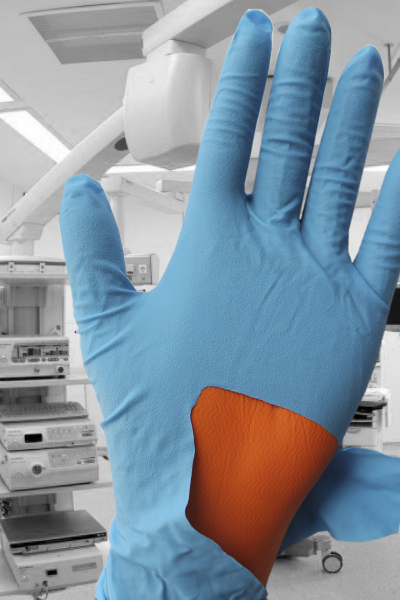Actualidad
When should you use a double glove?
 A great many jobs involve daily tasks that endanger workers' hands. Among them, medical personnel run the greatest risks of infections and other contagious diseases.
A great many jobs involve daily tasks that endanger workers' hands. Among them, medical personnel run the greatest risks of infections and other contagious diseases.
For centuries, health services have been searching for solutions to be able to care for patients without risking their own health. Back in 1847, doctors experimented with washing their hands between patient examinations and autopsies and the patient death rate dropped by 90% in two months!
In the 1980s, all health personnel began to use disposable gloves to examine patients, considerably reducing the rate of transfer for contagious diseases.
Doctors, nurses, auxiliary staff… all run the risk of pricks, cuts... just like many other professions, although due to the high levels of hygiene required, they should always use disposable gloves.
Consequently, one solution that took off widely was the double glove to increase safety as much as possible.
But why a double glove?
Because if one of the gloves is pricked or ripped, the second glove can reduce exposure to fluids such as blood by 87%.
Perforation rates for disposable gloves among medical personnel vary between 40% and 61% depending on their specialisation.
In special situations such as operating theatres, the chances of a cut or a prick are greater (sewing needles, scalpels, etc.) with accidents reported in as many as 1 in 6 operations.
How is it done?
For this practice, it is recommended to use a smaller gloves on the inside and a larger size of glove on the outside. Although this depends on each person and how they feel about wearing the disposable gloves.
The small loss of dexterity and sensitivity in the fingers only lasts for the first few days and you get used to it.
The two colour technique
If you use two gloves for maximum risk situations such as when operating, it is best to use gloves in different colours. In that way, if either of them has a small opening, this is easy to identify and replace.
You can consult Juba's catalogue of disposable gloves by clicking here.






